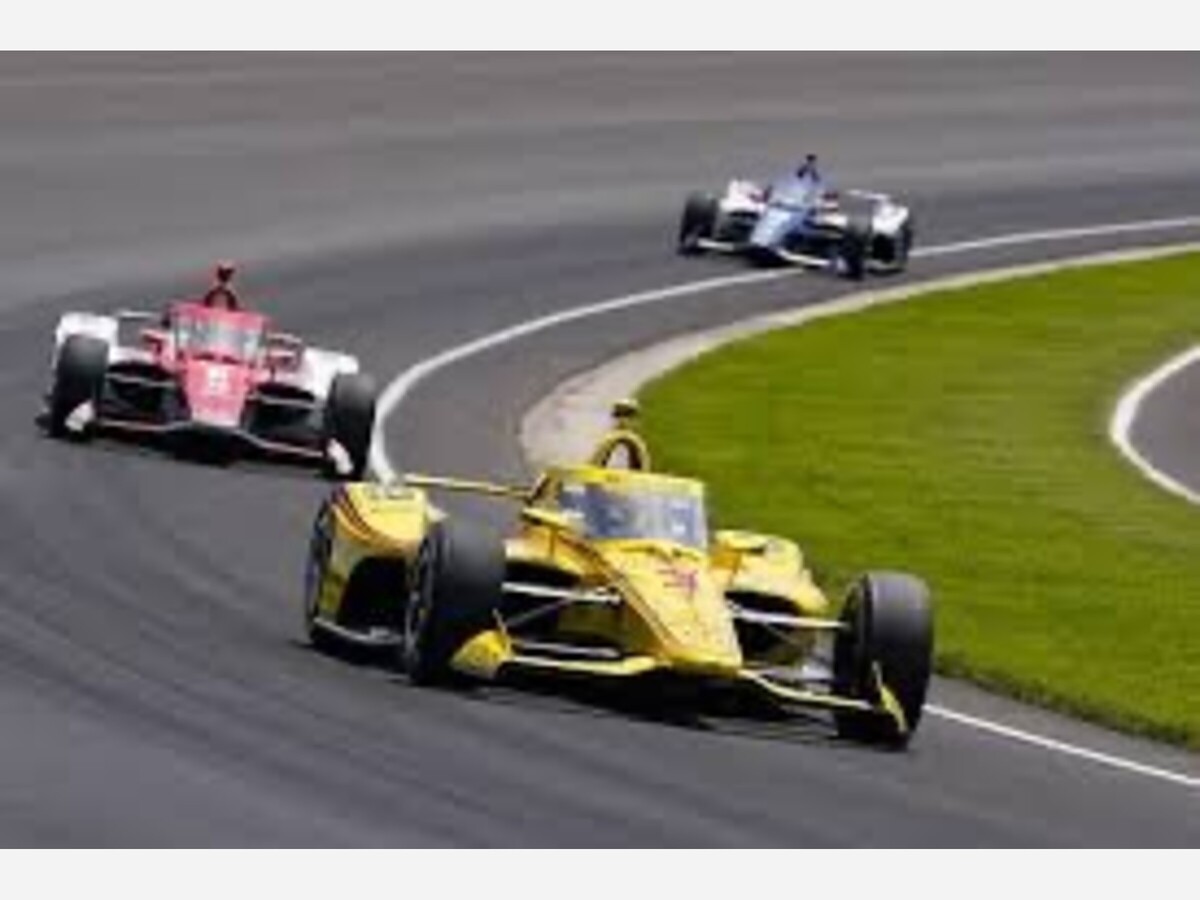Image

On that historic day, May 30, 1911, Ray Harroun climbed into his single-seater Marmon Wasp, ready to make history. The setting was the newly built Indianapolis Motor Speedway, a 2.5-mile oval track nestled in the heart of Indiana. Carl Fisher, an automobile dealer, had envisioned this private testing facility to showcase the power and speed of new cars, which couldn’t be adequately tested on poorly developed public roads.
Forty cars lined up at the starting line, their engines humming with anticipation.
The purse for this grueling 500-mile race was the richest in racing history.
The goal was simple: pit cars from different manufacturers against each other, enticing spectators to witness the spectacle and explore the latest models.
Ray Harroun, a skilled driver, took the lead in the Marmon Wasp.
His car was unique—it featured the first-ever rear-view mirror, compensating for the absence of a mechanic beside him.
Harroun’s average speed was 74.59 mph, and he completed the race in 6 hours and 42 minutes.
He claimed victory, pocketing a $14,250 purse.
Thirteen laps into the race, a multi-car accident disrupted scoring, leading to confusion.
Ralph Mulford, the eventual runner-up, argued that he was the rightful winner.
Despite the dispute, Harroun’s victory stood.
Harroun’s 1911 speed would have placed him 10th in the 1922 Indy 500.
By the mid-1920s, cars had evolved significantly—smaller, lighter, more efficient, and expensive.
Aerodynamic bodies, quick tire changes, and advanced engines became the norm.
Today, the Indianapolis 500 remains the “Greatest Spectacle in Racing.” Its legacy continues, captivating fans worldwide as drivers push the limits of speed and endurance.
Image sourced from WDRB